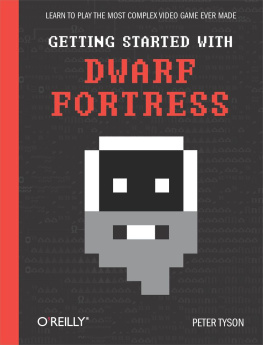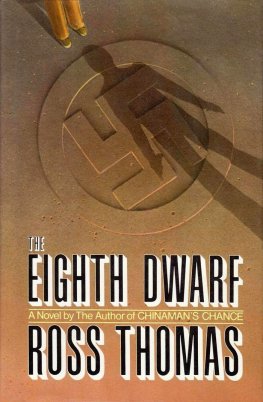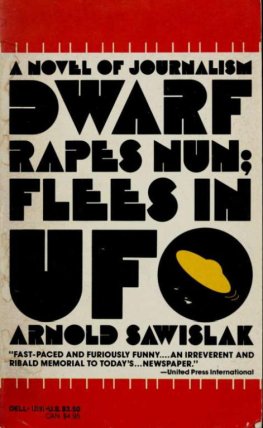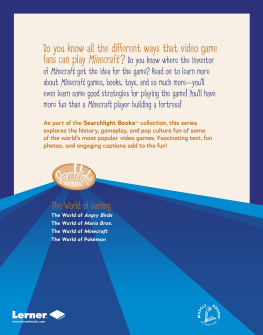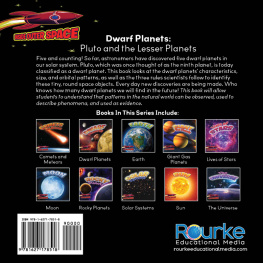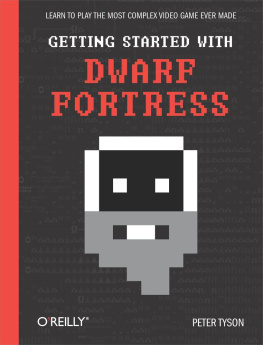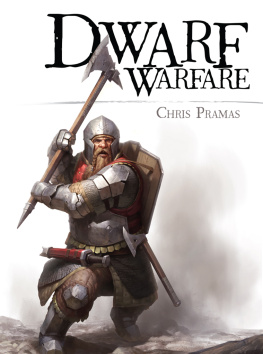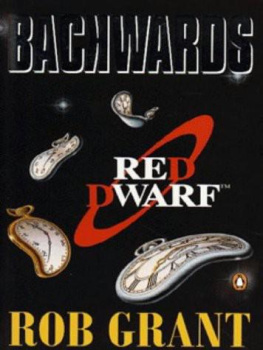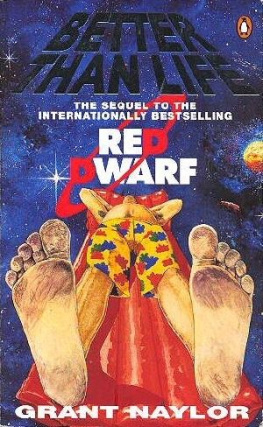Foreword by Tarn Adams
Long before we had a website, my brother Zach and I were writing computer games. For as long as I can remember, reallyand back then we were our whole audience. This means that one of our key goals was to write a game we could play ourselves, and that in turn meant that replayability was far more important than traditional storytelling. If we focused on constructing an intricate narrative and interesting characters, all the effort would be wasted, since wed already know all of the details. Instead, we drew inspiration from the map and creature generation techniques of games like Starflight and the Roguelikes, and tried to make each play of a given game as novel as possible.
That doesnt mean that storytelling was unimportant to us. We were just trying to offload the work onto the computer so that we could be entertained by whatever emerged from the game. Having grown up on Ray Harryhausen and Conan movies, as well as the traditional Tolkien novels and Dungeons and Dragons roleplaying, there was always a fantasy game in the works, and we worked to break things down into manageable pieces that could be interlinked with various game mechanics. We even started passing tablets back and forth, and took turns writing sections of swords and sorcery tales, which wed then analyze to see how the different elements of the story could be brought into the generation systems within the game. This process was later formalized at the Threetoes Stories area on Bay 12.
We released our first game on the Bay 12 website at the end of 2000, the never-finished Slaves to Armok: God of Blood, and it really demonstrated the dangers you can get into when you spend all of your time working on the nuts and bolts without looking at the bigger picture. We had distinct properties of different hair on a creature, but you couldnt talk to anybody. It was a very bottom-up affair that was destined to sputter and die. A few years into that debacle, we started working on a diversion called Mutant Miner, which eventually mutated itself into a game about dwarves. Small at first, but freed from the shackle of developing (bad) 3D graphics that had stopped Armok from moving forward, the new project began to absorb more and more of the features from Armok until it accomplished more than the original. We released the first version of Dwarf Fortress in 2006.
The game created a very small ripple on the Internet as a whole, but to us, it was amazing to watch new message board posts spring up and new people drop by to visit our own previously quiet forums. There was a podcast interview to stumble through (I almost clammed up entirelyit was kind of terrifying), and then the stories started to spring up. Players were doing and experiencing things we hadnt even imagined, to the point that reading their posts and emails was almost as fun to us as playing the game itself. People started passing around their save files to add to a single dwarven fort in succession, just like the tablet we had been passing around a decade before (Boatmurdered is the most popular example from this time). The best of what people can do on the Internet shone through, and over the years, experienced players have always been very helpful to people trying to learn how to play the game.
I first corresponded with Peter (aka TinyPirate) when his Dwarf Fortress tutorials were mentioned on Penny Arcade, and theyve been an important starting point for many new players since they appeared in 2009. The spontaneous contributions by community members have been one of the most surprising and welcome aspects of putting the game out online, and Zach and I will always be grateful for all the help weve received over the years and all the kindness people have shown each other. Getting into Dwarf Fortress can be quite daunting at first, but youve already taken the first step on what I hope will be an entertaining and rewarding expedition. Just remember, losing is fun!
Tarn Adams
Bay 12 Games
February 13, 2012
Preface
Dwarf Fortress is a fascinating but extremely complex game. What other game models the individual fingers, teeth, and organs of the creatures you control? What other game models the individual likes, dislikes, and grudges of dozens of your minions? What other game has a development plan that spans twenty years? What other game has caused so much gamer terror over that gentle giant, the elephant, or that humble river predator, the carp? The answer is none! This baffling complexity and Dwarf Fortresss infamous and seemingly impenetrable ASCII graphics can be extremely offputting to new players. Getting Started with Dwarf Fortress aims to help you overcome these challenges and to guide, comfort, enlighten, and hopefully inspire the inner Dwarf Fortress player in all of us.
The book is split into two broad sections. In the first few chapters you will be carefully guided in how to establish and maintain your very first dwarf fortress. , but might not want to delve into dwarven machinery until they are more confident with the game.
The book aims to be comprehensive, while not overwhelming the reader with detail. Even so, an immense range of topics are covered, everything from how to dig your very first tunnel to training a dwarven militia to take on strange forgotten beasts. Occasional treatises on dwarven insanity, the value and dangers inherent to chickens, fortress defense, and other topics of use and interest are also included to provide as much practical guidance as possible. This book is current with releases of Dwarf Fortress up to May 2012.
By the time you have finished this book, you should be a confident fortress manager with a grasp on how to manage a dwarf fortress to maturity. You should also have the confidence to construct great, world-shaping projects and to dig ever deeper. Glory, after all, does not lie on the surface of the earth, but deep beneath, where dark caverns and damp tunnels hold surprises both grand and terrifying.
About the Author
Peter Tyson is a human born in 1975 in New Zealand. He is the oldest son of Ron Tyson and Ann Tyson. In the Summer of 1996, Peter became a student at Auckland University. In the Summer of 1999, Peter became a student at Victoria University. In the Spring of 2000, Peter became an Analyst at Datamonitor. In the Spring of 2002, Peter became a Community Manager at Codemasters. In the Autumn of 2005, Peter became an Administrator in the New Zealand Government. In the Summer of 2008, Peter married Laura. In the Winter of 2009, Peter wrote popular tutorials for Dwarf Fortress on his blog, afteractionreporter.com. In the Winter of 2011, Peter was struck by a Strange Mood.
In the Summer of 2012, Peter wrote Pasubabo Thrathdad Teme (also entitled Getting Started with Dwarf Fortress ), a legendary wood-pulp bound book. The written portion consists of a 230 page guide to the game Dwarf Fortress. The writing is lighthearted with moments of humor.
In Summer 2012, Getting Started with Dwarf Fortress was stored in OReilly by the human administrator, Peter Tyson. Peter can be found on Twitter @tinypirate.
He is a tall creature fond of tea and games.
About the Artist
Throughout this book, you will find illustrations by Tim Denee of tales from Dwarf Fortress. Dwarf Fortress players were invited to submit their stories of amazing events that had happened to them in-game, and some of our favorites were turned into beautiful illustrations for you to enjoy.

